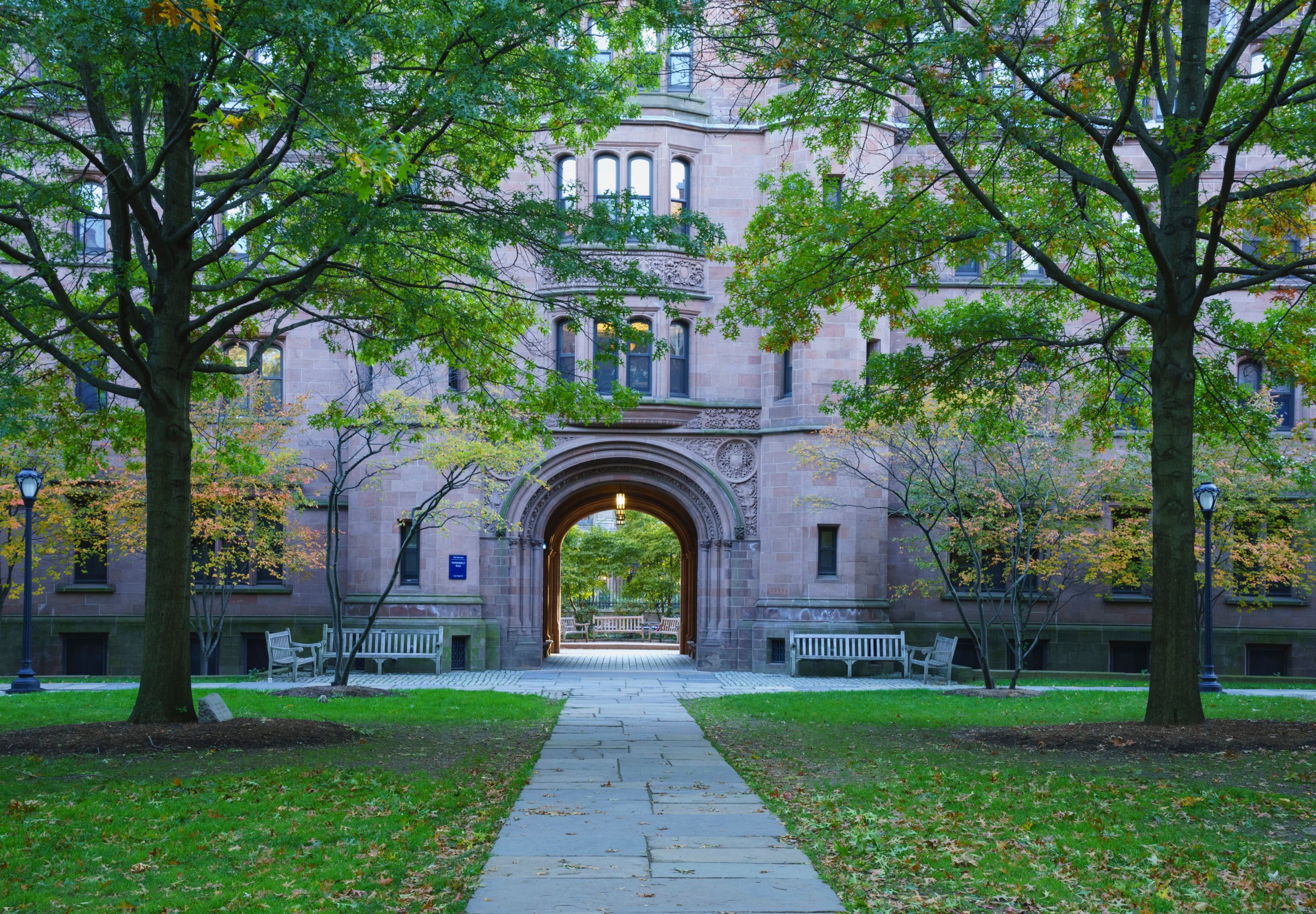
Each year, the Princeton Review compiles its extensive lists of higher education rankings across 382 colleges. While it’s helpful to consider some traditional measures of a college’s value (the standard of best classroom experience, for instance, goes to the U.S. Military Academy for 2018), the company also usefully breaks things down into 62 granular categories that should help students find a better fit. The results come from a survey of over 137,000 students nationwide.
For instance, the hardest studiers can apparently be found at California’s tiny Harvey Mudd College, one of the Claremont schools best known for its engineering programs. Meanwhile, according to the survey, the students who tend to lay off the books, are at St. John’s University in New York, where studying takes a backseat to other pursuits.
The happiest students are at Nashville’s Vanderbilt, an idyllic, 7,000-student campus in the heart of the south. On the other end of the spectrum, the U.S. Coast Guard Academy took the top slot for least-happy students. Looks like protecting the coasts comes at a cost.
But what about those campuses? For 2018, the Princeton Review has determined that the seaside University of California San Diego wins the pageant prize as beauty queen; given its Pacific Ocean views, warm weather, and a whimsical library designed by Theodore Geisel — also known as Dr. Seuss — it’s hard to argue. And it looks like the kids are hitting those books hard at Harvey Mudd for a reason, as their campus unfortunately tops the list as least-beautiful.
Finally, the ranking we’ve all been waiting for: party schools. This year, it’s Tulane University in New Orleans that snags the win, beating out West Virginia University, Bucknell, and Syracuse for the dubious crown of a debaucherous reputation. (University of Wisconsin-Madison slips to number five). Perhaps to no surprise, the Mormon-associated institution of Brigham Young University in Utah fills out the flip side as the most “stone cold sober” campus of the bunch.
The takeaway, perhaps, is that there’s a school for every student — and that it’s not always about a big-name brand. (Ivy League colleges don’t find themselves in any of the main lists for academics, quality of life, or financial aid, in fact.)
More Must-Reads from TIME
- Cybersecurity Experts Are Sounding the Alarm on DOGE
- Meet the 2025 Women of the Year
- The Harsh Truth About Disability Inclusion
- Why Do More Young Adults Have Cancer?
- Colman Domingo Leads With Radical Love
- How to Get Better at Doing Things Alone
- Michelle Zauner Stares Down the Darkness
Write to Raisa Bruner at raisa.bruner@time.com